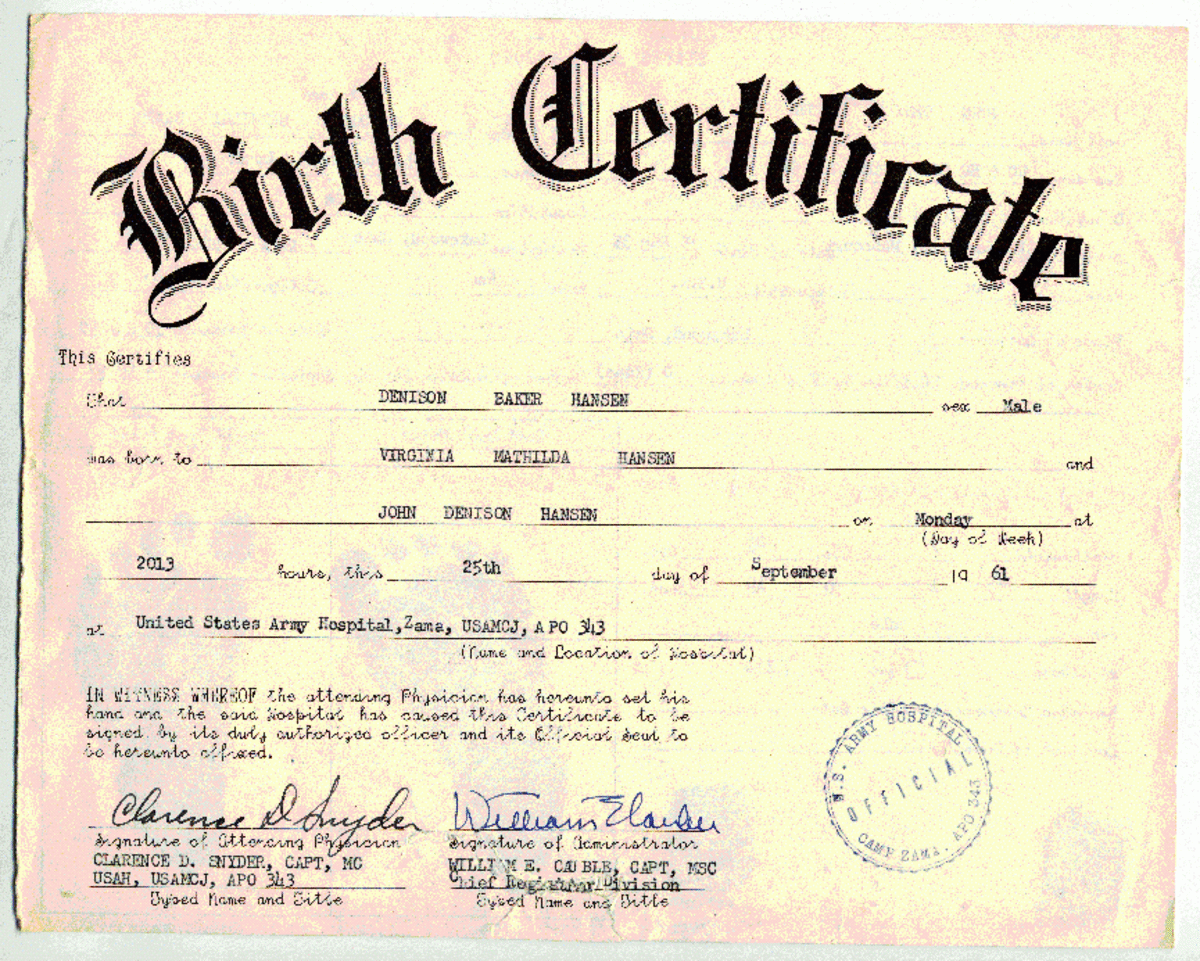Viral Implosion - chapter three

It’s fair to say that America was heading for a financial crisis, one that was affecting the rest of the world as well. The bulk of the federal budget was coming from corporations and wealthy individuals, but the majority of outgoing funds was going out to defense, subsidies for farmers and small business, and assistance for minorities and the labor force.
Funds had to be rebalanced to ride out the unnamed recession while setting up new priorities in a reshaping of the new American economy. Far too much money was going out that did not produce a return.
The trade deficit was easily rectified – high tariffs on anything coming into the country and no taxation or tariffs on anything shipped out. Cheap labor was not an incentive any more – after repealing labor protection, jobs were paying a lot less, with fewer benefits, and desperate people were taking the jobs as fast as they were offered. At the same time, goods which were over produced or failing quality control could be sold to other countries to continue the flow of profit. Of course, this put some countries in dire states, as they depended on their cheap labor to fill their coffers. Countries such as red China and India had to find a new way to bring in money.
The noose started to tighten domestically. The first victims were those agencies under the federal aegis that offered non-commercial services. Following the Peter Principle, top level management was fired across the board. People in far lesser positions were promoted to fill the top slots, at less than half the pay.
The affected agencies included FEMA, NIH, The Center for Nutrition Policy and Promotion, the Food and Nutrition Service, 4-H, Rural Housing Service, Rural Utilities Service, Administration on Aging, Agency for Healthcare Research and Quality, Centers for Disease Control and Prevention, National Institute for Occupational Safety and Health, Centers for Medicare and Medicaid Services, FDA, Indian Health Services, Public Health Service, Substance Abuse and Mental Health Services … and many more. These agencies were given a cut budget, with the order to thin their ranks by 30% while maintaining all services. Press release: the federal government is cleaning out dead wood in its infrastructure, but not denying any benefits to the public.
Any agency which was dedicated to research or cultural arts was closed down completely and its employees summarily dismissed. This was considered a layoff, but unemployment funds were not increased, so each ex-employee’s share was a lower percentile than normal.
Looting, theft and outright begging increased logarithmically. In poor countries, and those whose income was dependent on the largesse of richer countries, the people got rebellious; civil wars expanded quickly into wars with neighboring countries.
Defense had to be fortified. With jobs getting more and more scarce, the military became an attractive alternative again, with its PXs and housing. The National Guard was pulled back within the US borders to protect corporations, transportation and politicians from rioters, looters and assassins. The other armed forces pulled out of big-brother missions, since it was getting impossible to control other countries under such stress. Instead, they patrolled all US borders and shores, while giving assistance to those other countries that appeared capable of riding out the economic pressures.
Retired military personnel got first preference for jobs. While this appeared in the press as patriotic support for our veterans, the actuality was far more pragmatic. Low-end salaries still look good after military pay for over two decades, and they continued their rights to shop at PXs, especially with a veteran pension on the side. These personnel have an habitual tendency to obey suggestions from their higher-ups and people who have given them benefits of one sort or another. And their knowledge base is limited to what the military wanted them to know, so corporations were not threatened by innovative ideas.
This knowledge is handy when veterans are hired into defense jobs. But they are also valuable to non-defense industries because they are easily guided.
Within the military, budgets shifted. Infantry and ground troops were scaled back, to concentrate funds toward high-tech WMDs. No need to try maintaining distance between us and troublemakers, both foreign and domestic. No need to put on a friendly face. We will either support you or wipe you out; choose your side. A whole new face on the western world.
The movers and shakers at this point were those of size, power and wealth – the AMA, NRA, insurance companies, media conglomerates, technology conglomerates, banks, the ABA and global manufacturing.
With the help of the media, people kept electing Republicans to the Senate and House. This was also true of state legislations. Governors could wreak havoc, so they were handled by the far right controls. The only real power the President of the United States had was in Supreme Court nominations. Fortunately, the aging Court was ripe for replacement and congress would only accept young right-wing justices. Anything else the President may want to achieve could easily be shot down or blessed according to right wing initiatives. So it wasn’t really important to control the Presidential vote. The electoral college was still in effect, and the press did the campaigning.
To give the appearance of choice, a third political party was created – the People’s Party. It offered a more moderate position, but in reality this party was financed and managed by the exact same forces as the Republican party.
The Democratic party was still in the fray, but financial backing was hard to come by and the press only released the more conservative views of Democratic candidates. Every once in a while a very wealthy man who cared only about being able to say “I am the President” would throw his hat into the Democratic ring, saying whatever desperate voters wanted to hear. Once in office, though, this mogul would be interested in only one thing – being a figurehead for four to eight years, then stepping onto the cushion he’d spent almost a decade preparing.
In effect, voters were finding it hard to tell the differences between the three parties.
Agriculture started centralizing. Congress repealed all subsidies for organic farms. Dairy farmers were warned that the large companies buying their milk would not allow sales on the side of raw milk or any other produce. Eventually these farmers had to accept whatever price was offered. Their children had no interest in continuing the subsistence level of life, so the small farms ended up purchased and run by the large.
The chemical industry needed a little bolstering, since medicine for the proletariat was becoming too pricey. So antibiotics for animals and chemical fertilizers became tax-free and unregulated.
Ranchers and farmers benefited from that change. The cutbacks on USDA loans, grants and training countered the benefits. Regular farmers succumbed to the lure of chemical farming – nor more rotation of fields. Many started dabbling in hydroponics, to increase yield, often using fields that used to lie fallow (no more subsidies for that) for this soil-free method which defied the vagaries of weather.
Crops were abundant, and the government bought whatever the farmers couldn’t sell at the inflated prices. The press did not let people know that there was so much available, therefore the scales of supply and demand were not tipped. The “Fed” would pay even higher prices for variety, so that farmers would not limit production to a single product. All the surplus food got stored in silos and deep freezers in an area of Kansas simply referred to as Number Fifty Two.
There was a new approach to the health of the populace. Laws forcing the purchase of auto, home and medical insurance were strictly enforced by the National Guard, even as insurance prices grew. The adage “Death is the poor man’s doctor” was becoming a reality. The average person could no longer afford the medicine, doctor visits and hospitalizations. Laws requiring vaccinations were repealed. Still, the wealthy people continued them.
General practitioners started to join into groups. To see your doctor, or one of his associates, you needed to pay an annual retainer to the group. Appointments with your chosen doctor had to be booked three months in advance. In emergency situations you saw whichever doctor in that group was available.
The mission of the FDA altered. They were still the only means to get a drug released in the United States. But follow-up policing was too expensive. Pharmaceuticals which could not be sold domestically could be sold outside the country at cut rate prices that still produced a hefty profit. Other countries, under similar economic stress, had no resources to regulate quality assurance.
Transportation had shifted along with everything else. Rather than continue the high cost of the TSA, airlines became nationalized. Travel by air was now only with federal approval and safety was managed by the National Guard. The air became the venue for military and corporate movement.
With the borders closed, cruises and personal transport by sea ceased. The gap was quickly filled by the transport of goods. Perishables were kept domestic, in a move for self-sufficiency. But all other overproduction was for sale.
With gasoline at $15.00 a gallon, bicycles became the method to visit friends and family as well as for shopping.
People still need clothing, furniture, guns, ammunitions and technology. Manufacturing became the principle employer of the middle and lower classes. “Made in the USA” became a rally flag. Plants dotted the American map like a rash of prickly heat. Each plant offered housing and a mini-city for those lucky enough to work there. The assembly line methodology made it easy to learn one’s little corner of the industry. At the same time, few knew the whole assembly of a product so there was little danger of an employee going out on his or her own to compete. Laws regulating safety of clothing and toys remained in place.
Gun regulation, on the other hand, went through a complete revamp. No longer could states indulge their separate fancies. All guns came under the control of the ARF. Automatic weapons were summarily outlawed for any non-military use. All other regulations were dropped; no more registration and no more waiting periods for purchase. Gun collectors would often file a list of serial numbers with the local police, since they were vulnerable to theft.
The popularity of technology really paid off. From e-mail and phone sends, corporations were developing immense databases of consumer likes and interests. This gave them the ability to target their ads for each person uniquely. The advertisements came in the form of US mail, e-mail, and even suggestions via Facebook posts. If a person purchased something from ABC Store, s/he was immediately hit from three sides with further ABC Store sales. Marketing approached consumers in a reverse approach – deliver the pain; if you don’t want the pain, then ask us to stop. Sadly, requests to stop the junk mail were often ignored and never policed.
The excitement about wireless functions overtook caution. Corporations were capturing a great deal more information than just shopping habits. Sophisticated data mining determined rash spenders, gamblers, hidden funds, people with prurient interests, cheaters … with this information one knows who can be manipulated and how.
© 2016 Bonnie-Jean Rohner









